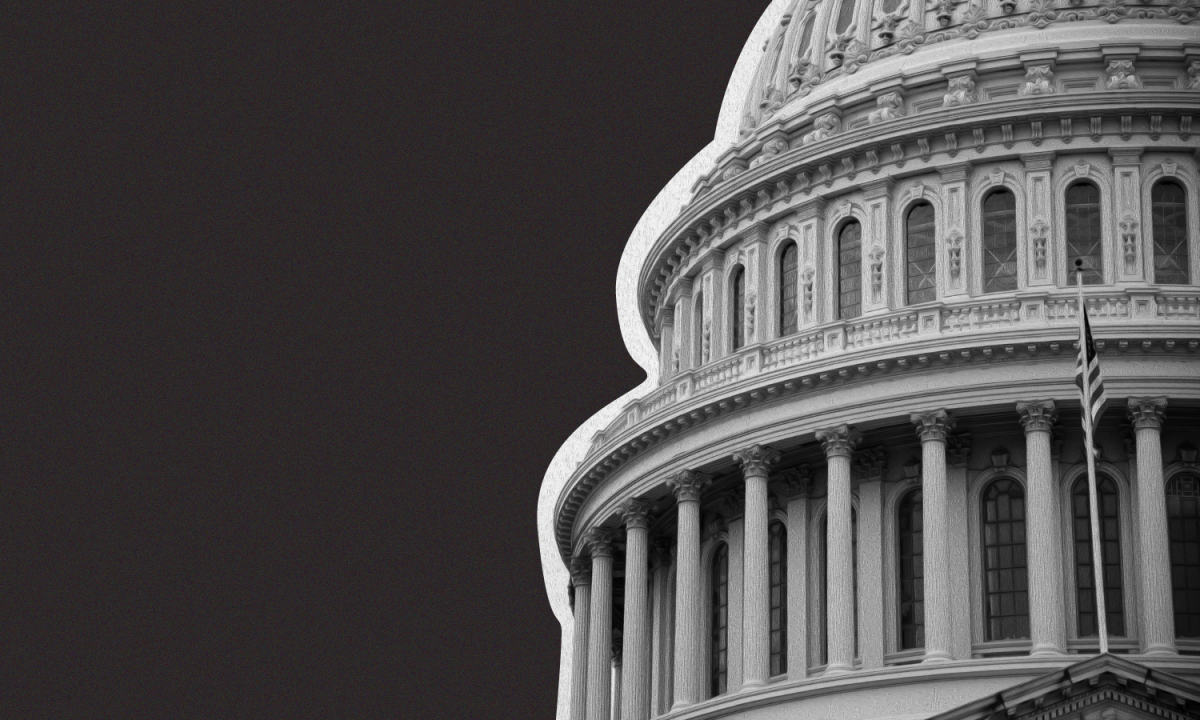For the last four years, the U has held a Gold rating from the Sustainability Tracking, Assessment & Rating System. Since the U’s STARS rating is slated to be renewed in 2024, the Sustainability Office at the U has made some ambitious updates to its original 2010 Climate Action Plan.
STARS is a framework created by the Association for the Advancement of Sustainability in Higher Education with the purpose of measuring an institution’s sustainability performance. With a Gold rating, the U has maintained the second-highest rating offered through STARS; however, ratings are self-reported.
“It’s a challenge,” said Kerry Case, chief sustainability officer at the U, when asked about the process of self-reporting. Case explained the U collaborates with Weber State and Utah State to do external reviews of each other’s STARS submissions before formal reporting.
“There is a random selection of credits that are reviewed by AASHE staff,” Case said, adding that the review conducted is not of every credit within the report but a random sampling.
Regardless of which specific credits are analyzed by AASHE, some data points are made public, including a university’s net carbon emissions — measured in metric tons of carbon dioxide equivalent (also known as MTCO2e).
The most recent data from the U shows a jump of about 33,000 MTCO2e in 2022 despite a significant reduction in purchased electricity.
Renewable Electricity
According to Case, 50% of purchased electricity at the U currently comes from renewable sources. Case added that a major solar project would have brought that number to more than 70%.
“We had some pretty significant delays,” Case said, citing supply chain problems as the main cause.
According to a 2022 report by the International Energy Agency, shipping times for solar materials from China to US and European ports increased from about 40 days to over 100 following the COVID-19 outbreak in 2020. The report found that shipping delays continued to plague deliveries to Japan and Korea, which may have slowed deployment.
The IEA report also cited a fire at a polysilicon facility in Xinjiang, China as a cause for a reduction in global production of solar materials by 0.5%.
Despite the delays, Case is hopeful that the project will come online this spring.
Commuting
Data from 2022 indicates that the jump in U carbon emissions originated from an increase in student and staff commuting on campus. No other category showed a significant increase in carbon emissions.
Since 2019, an additional 1,974 parking spaces have been added on campus, but parking pass price increases of 15% were instated in an effort to encourage students to use mass transit.
Accelerated Carbon Neutral Target Date
“In 2019, there was an academic senate resolution that was prompted by an ASUU resolution that basically outlined 12 things that they wanted the university to do to … address climate change,” Case said.
In 2021, U President Taylor Randall responded to the student resolution by re-signing the Presidents’ Climate Leadership Commitment, affirming the creation of the Climate Commitment Task Force. They were assigned with creating the U’s first Climate Action Plan since 2010 and assessing the U’s goal of carbon neutrality by 2050.
In September 2022, Randall accelerated the target for carbon neutrality to 2040.
“[Randall] asked that that date be accelerated to 2040 and that’s what we’ve planned for in the new climate action plan,” Case said.
Versus Other Universities
Despite being on track to be ahead of the target goal for yearly net carbon emissions since 2019, the most current data indicates that the U was behind its carbon neutrality target by 60,000 MTCO2e in 2022. However, the U has decreased its total carbon emissions by 25% since 2007 and received a 65.48 STARS rating. The U aims to have decreased total carbon emissions by 50% by 2025 relative to 2007 and reports having invested $284,000 in sustainability costs.
Both the University of Cincinnati and the University of Illinois Chicago are comparable to the U relative to population and geographical size. While all three universities have committed to carbon neutrality, both the University of Cincinnati and the University of Illinois Chicago maintain a 2050 target date.
The University of Cincinnati is ahead of its carbon neutrality target by 5,000 MTCO2e, has decreased its total carbon emissions by 45% since 2009 and received a 67.83 STARS rating. Carbon emissions also increased by 11,000 MTCO2e in 2022.
The University of Illinois Chicago is behind on its carbon neutrality target by less than 3,000 MTCO2e, and has decreased its total carbon emissions by 25% since 2004 and received a 60.32 STARS rating.
Water Sustainability
According to Case, in their latest review AASHE requested additional documentation in order to prove the U’s improvements in water usage.
“Since 2020, the U has reduced outdoor water use by 21%,” Case said, which exceeded the 2022 state requirement for outdoor water reduction.
H.B. 121 was a bipartisan bill which passed in both the Utah State Senate and House of Representatives. The bill received just four and eight negative votes in the Senate and House respectively. The bill prohibited new state buildings from having more than 20% of landscaping be lawn or turf; however, an amendment requiring the remainder of the grounds to use landscaping that has a positive impact on carbon sequestration and water conservation was rejected.
H.B. 121 required state agencies to reduce “outdoor water use … in an amount equal to or greater than 5% by the end of fiscal year 2023.”
Case cited new irrigation improvements including a smart watering system and low-water landscaping as reasons behind the improved water sustainability.
When asked about the Utah State Legislature’s sustainability efforts, Case cited institutional neutrality.
Student Climate Despair
Case said one of the goals in the most recent action plan is to increase the percentage of departments that have sustainability in their curriculum, adding that climate despair among students has been one of the greatest challenges with implementing sustainability.
“It’s really easy, from that place of despair, to feel like everything’s hopeless and will never be enough … as someone who’s been doing this for 20 years, that progress matters,” Case said.














